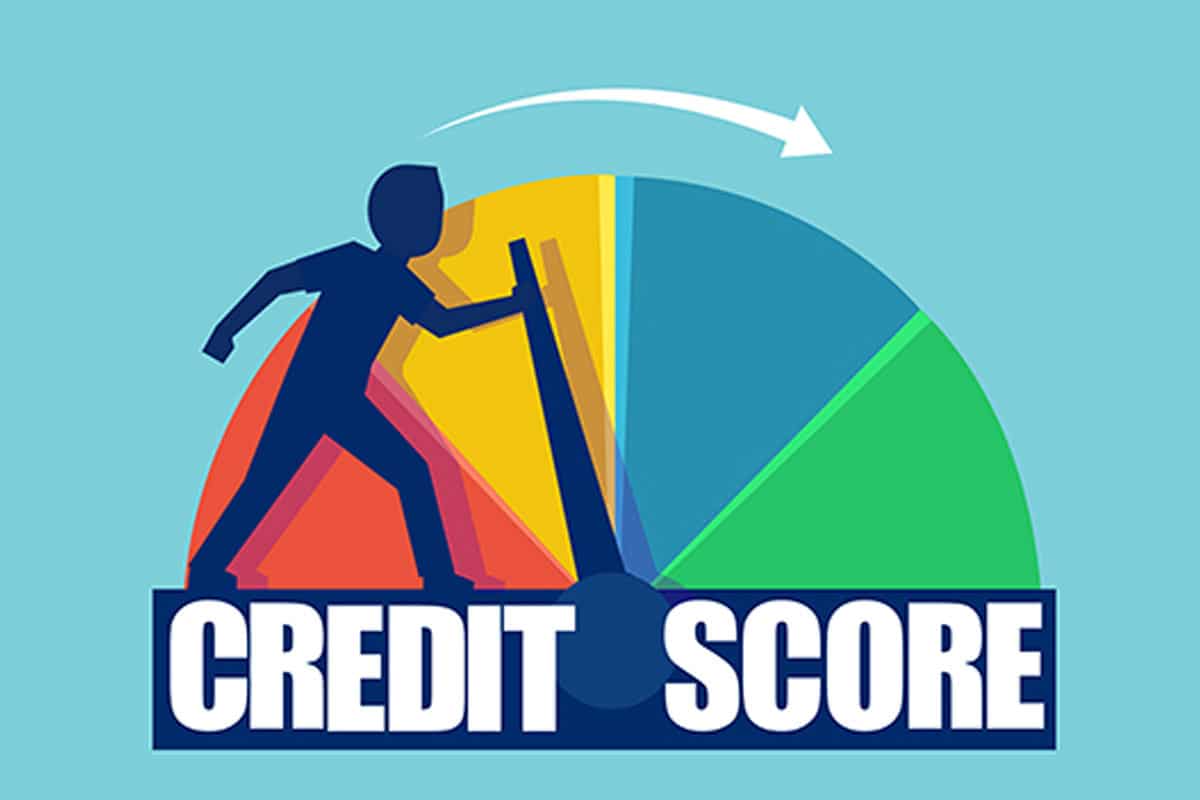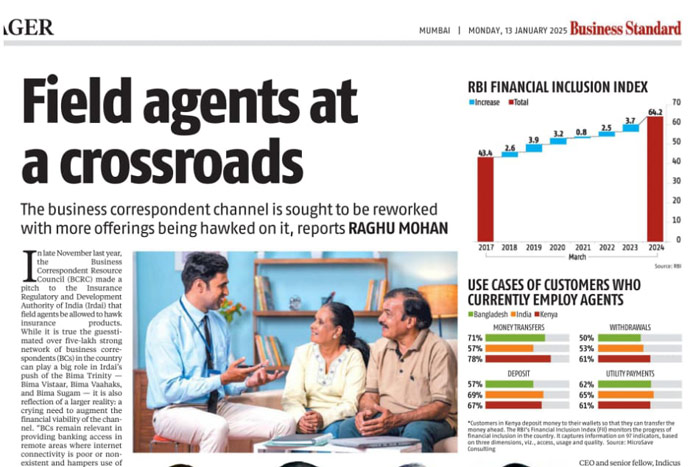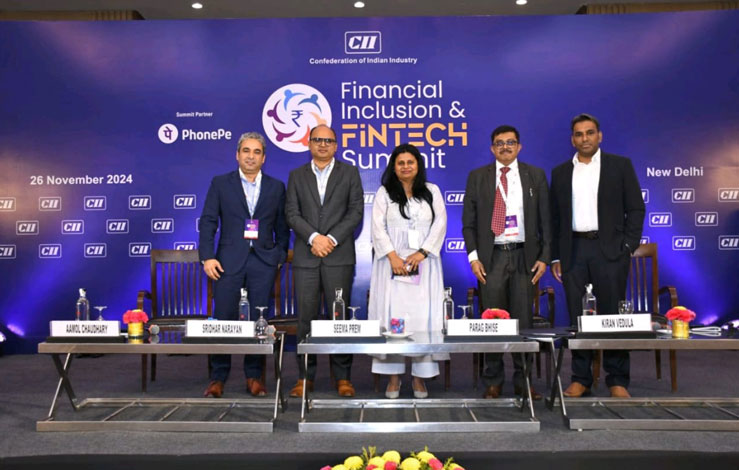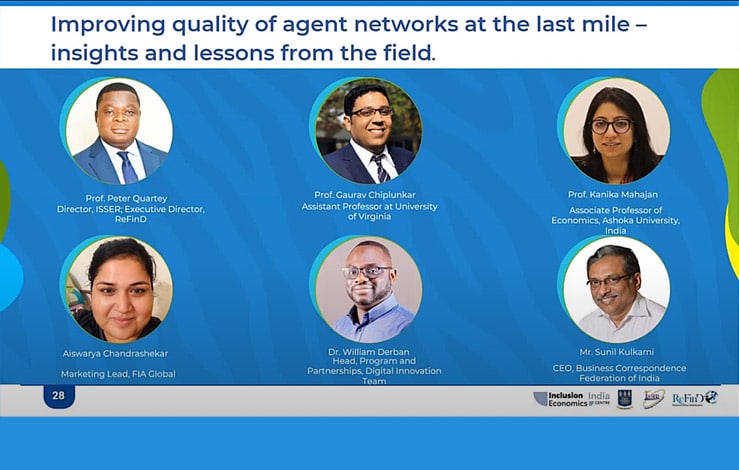A credit score is something that essentially determines an individual’s creditworthiness; that is, their ability to be eligible to avail of loan or credit. One’s credit score is determined by various factors like their current debt, income, payment history, and debit-credit ratio.
The credit score determines the borrower’s ability to pay back the loan amount in time. All banks and NBFCs offer loans to individuals based on their credit score.
However, this traditional system of lending has its problems. The process of assessment and underwriting an individual’s creditworthiness is a manual one. So, the entire decision-making process can be lengthy. It can take weeks or sometimes months before a bank communicates with a potential borrower.
What’s more, people who are new to the world of credit face multiple issues. Many are denied credit since there’s insufficient data to assess their creditworthiness. This becomes a vicious cycle: they are not able to improve their credit score because they are not granted loans – due to the lack of a credit score!
What they look for
Every firm like TransUnion CIBIL, Experian, Equifax, and CRIF High Mark that checks credit scores have their own algorithm. But there are some checks that are common among all these organizations, such as:
- Transaction history – This looks at how regular the borrower has been in repaying previous loans. Defaults and delays affect their credit score.
- Financial behavior – Those who regularly max out their cards and keep high outstanding amounts due tend to have a lower credit score.
- Credit history – Borrowers who have taken loans in the past and repaid them have a better score as there’s more data to determine their creditworthiness.
- Credit duration – Those who take multiple new credits in a short time have a higher risk profile and therefore get a lower credit score.
The shift from traditional credit scoring
The financial sector has been undergoing tremendous changes, especially over the past five years or so. The way consumers access credit has changed vastly and is very different today when compared to even a decade ago.
Since this rapid change is something traditional agencies have not been able to keep pace with, it has resulted in a huge demand-supply gap. This is largely because loans could not be granted due to lack of credit score visibility. Loan approval ratios slipped as a result, and many applicants were rejected because they were new to the credit market and lacked background data for credit assessment.
The rise of multiple problems in the traditional system gave birth to Alternate credit scoring. This broad-based mechanism goes beyond the parameters considered by traditional scoring agencies. Alternate credit scoring companies have their own innovative scoring algorithms, which factor in the applicant’s intent, financial stability, and repayment ability.
Alternate credit scoring
A concept that is taking the financial world by storm, alternate credit scoring provides a broader perspective. It introduces new customers to the credit system and provides greater financial inclusiveness. It also benefits lenders as they can boost the customer base and increase their returns. This form of scoring helps applicants avail of various forms of credit such as personal loans and vehicle loans.
In this model, data assessment factors in the applicant’s bank balance, transaction history, travel patterns, e-commerce, and other spends. Social media activity, internet usage, and mobile usage are also considered. This model increases the chances of an applicant’s loan getting disbursed while ensuring the lending financial institutions are protected.
Advantages of alternate credit scoring
Alternate credit scoring is helping to tackle and narrow the demand-supply gap in the credit space. Consequently, there has been a significant rise in the number of applicants as well as loans disbursed, thanks to the speed, simplicity, and ease with which these credit scoring agencies function.
FinTech companies today are changing the dynamics in the lending space with their innovative solutions. They are providing customized credit solutions, improving customer engagement, aiding in data harnessing, and facilitating the automation of underwriting.
These solutions aggregate huge volumes of data and use machine learning algorithms to assess an applicant’s creditworthiness. They gather data from multiple sources, gaining a clear picture of an individual’s financial stability, and determines their creditworthiness easily. This ensures faster access to funds.
Since a broader spectrum of data is taken into consideration, those who are new to the credit system and do not have enough background data to strengthen their credit score can also gain access to loan products. To sum up, here are the main advantages of the alternate credit scoring model:
- Improved assessment of an applicant’s creditworthiness
- Better customer experience
- Quicker loan processing and approval
- Greater financial inclusion by banking the unbanked
- Enhanced underwriting process
- Consideration of real-time data
The FIA credit scoring model
FIA Global has developed its own credit scoring model, an embedded intelligent Machine Learning (ML) platform. With an aim of banking the unbanked, our innovative algorithm analyses vital data points like financial maturity and savings of customers and provides a saving score. This score helps lenders give credit to those who are currently credit invisible.










